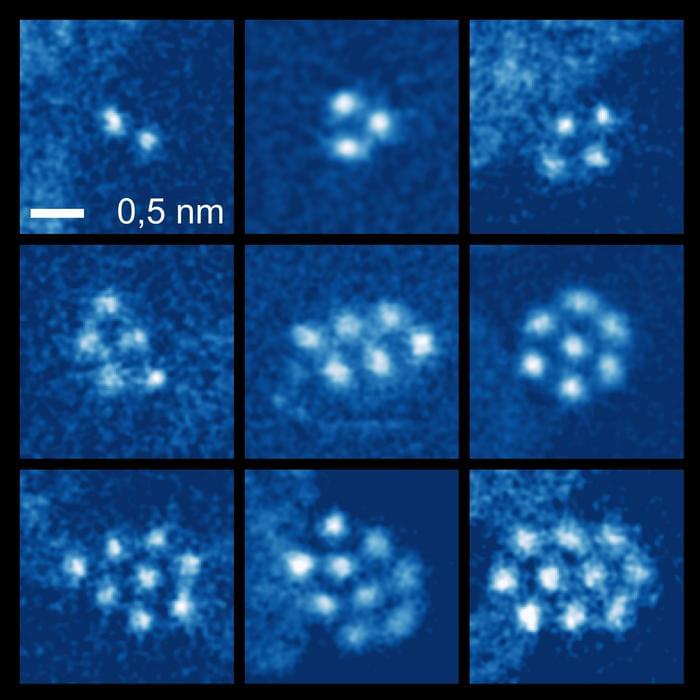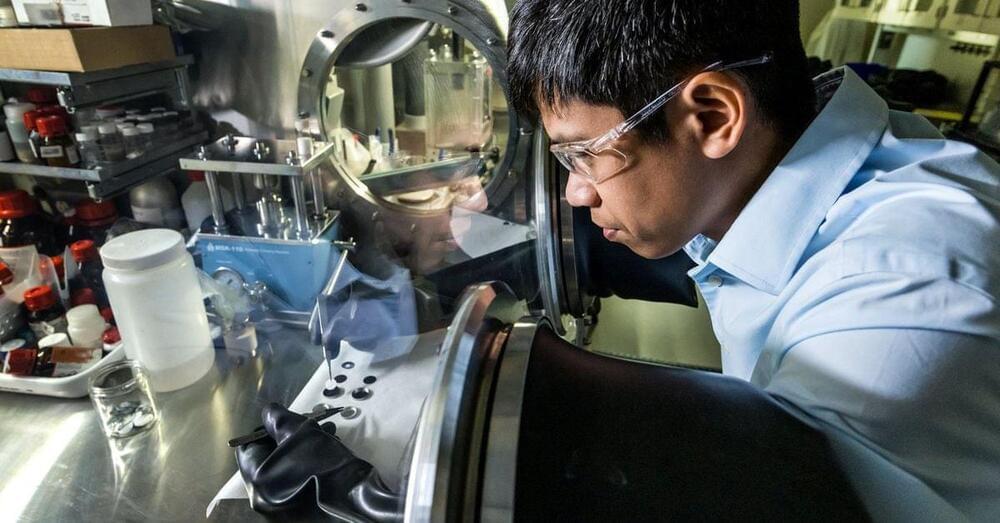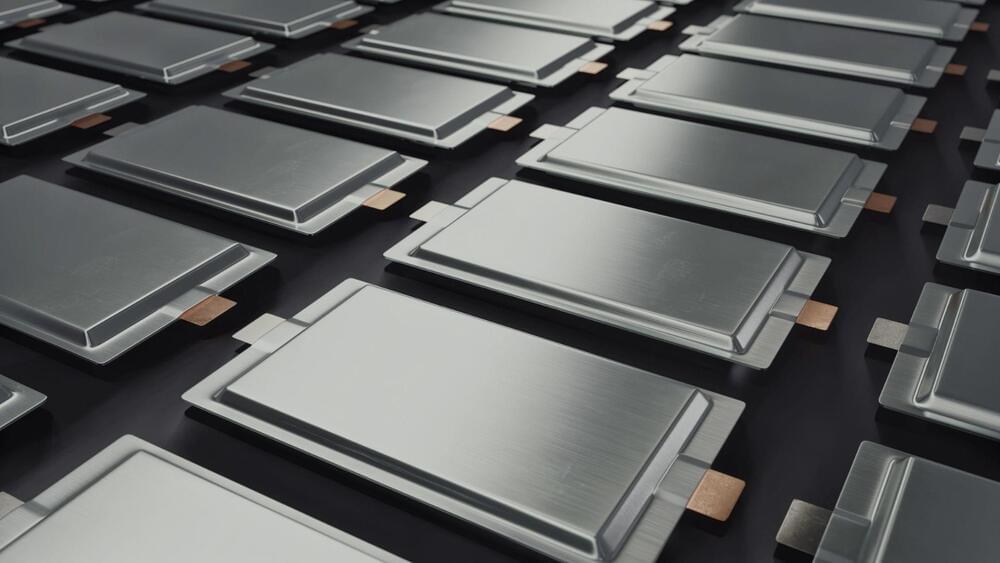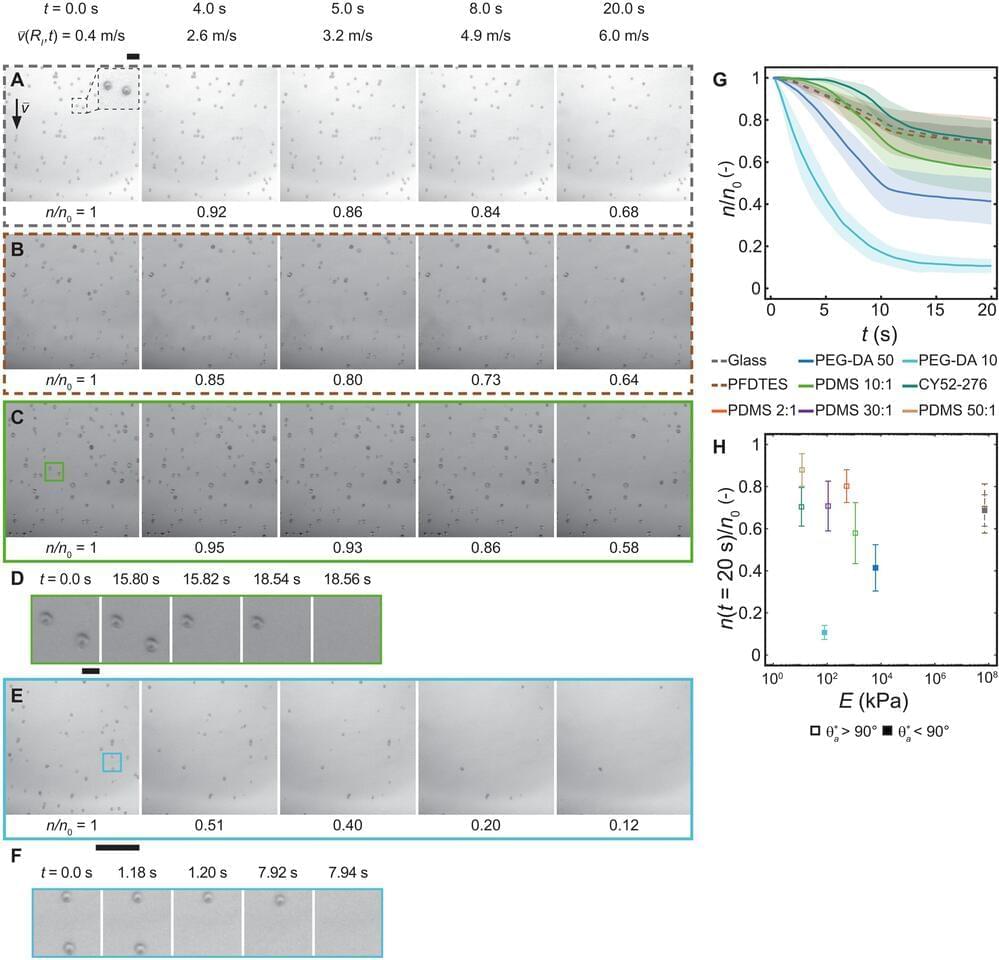Like several scientific discoveries, the researchers stumbled upon this result accidentally while conducting experiments irradiating graphene when they found that irradiated noble gases became trapped between two sheets of graphene, which results in the graphene forming small pockets where the atoms of the gases coalesce into small groups of atoms.
“We used scanning transmission electron microscopy to observe these clusters, and they are really fascinating and a lot of fun to watch,” said Manuel Längle, who is a PhD student at the University of Vienna and lead author of the study. “They rotate, jump, grow and shrink as we image them. Getting the atoms between the layers was the hardest part of the work. Now that we have achieved this, we have a simple system for studying fundamental processes related to material growth and behavior.”









